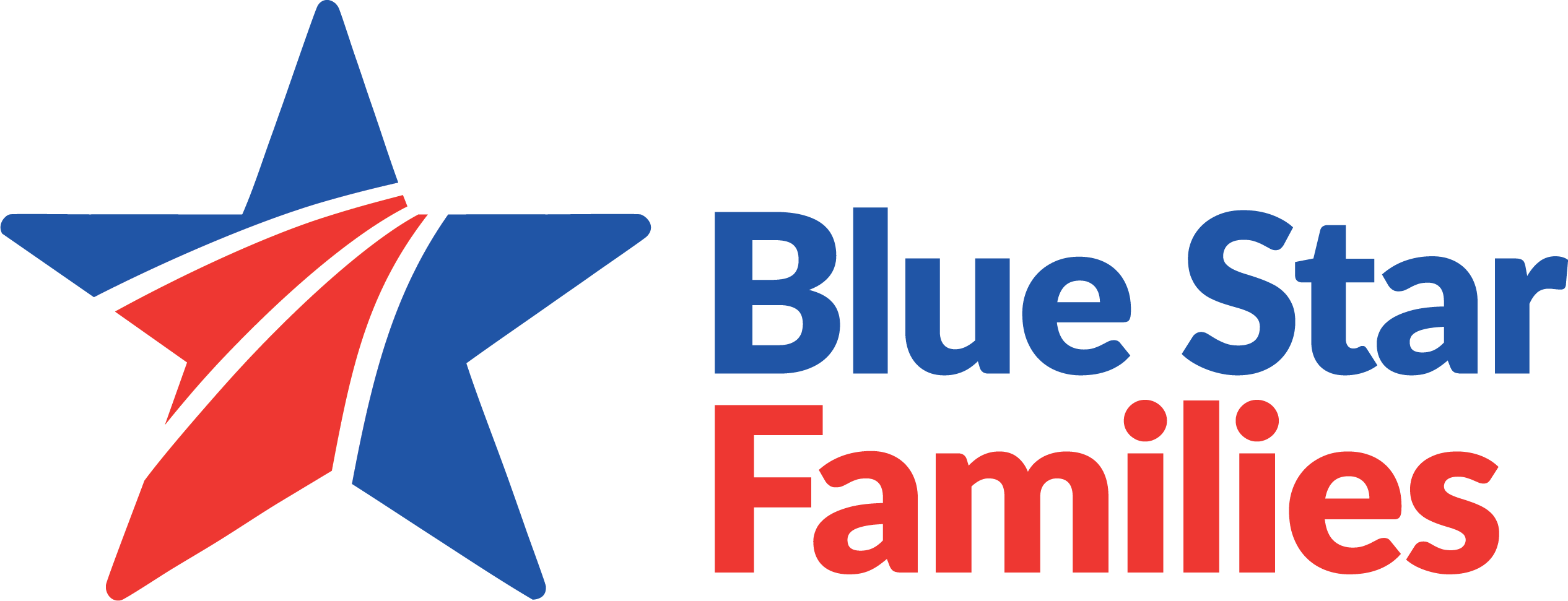Published: October 18, 2021
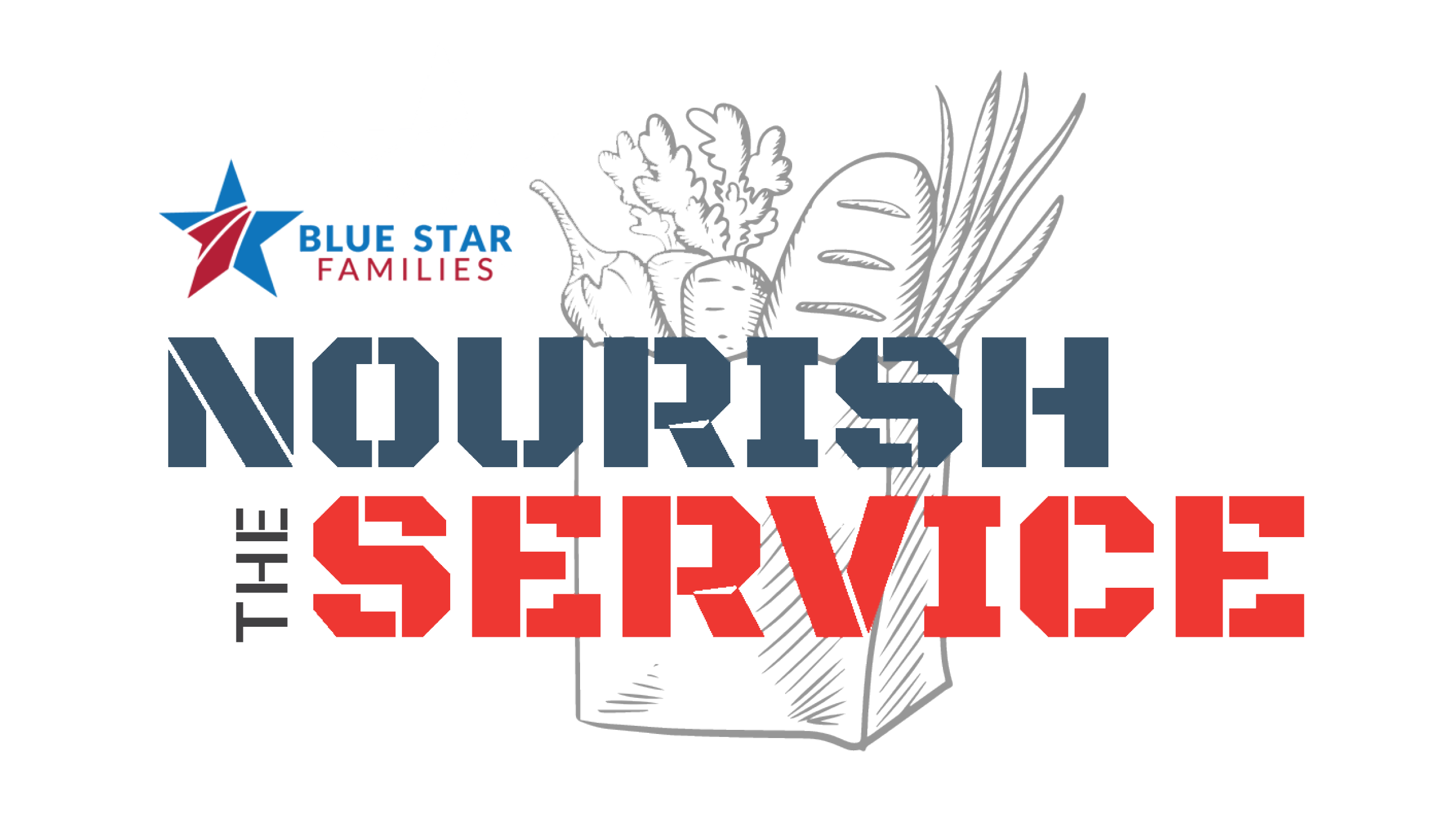
Food Insecurity, Poverty, and Military and Veteran Life
By Kelley Klor, Amazon Food Insecurity DEPLOY Fellow
Food insecurity is a topic filling newsfeeds right now, but the issue is not new, and the military and Veteran community is not insulated from it. According to Blue Star Families’ 2020 Military Family Lifestyle Survey Comprehensive Report, as many as 14% of enlisted active-duty families report low or very low food security (Blue Star Families, 2021). The survey found that food insecurity is not just a junior enlisted problem; higher ranks experience low or very low food security as well. Even though many factors contribute to food insecurity, it is shocking to discover that many military and Veteran members and their families do not have enough resources needed to thrive.
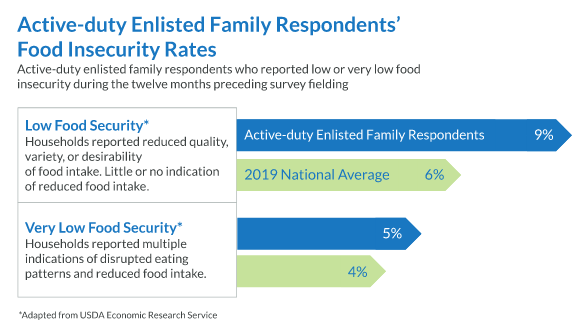
(Blue Star Families, 2021)
When military and Veteran families have the security of a meal on their table, food in their pantry, and access to the Supplemental Nutrition Assistance Program (SNAP) or other federal nutrition programs, it helps stabilize the home. That is the goal, and all of those things are connected.
What, exactly, is food insecurity?
The U.S. Department of Agriculture defines food insecurity as a lack of consistent access to enough food for an active, healthy life (USDA Economic Research Service, 2021). Any discussion of food insecurity must acknowledge that this issue does not exist in a vacuum. It has many contributing factors (Capital Area Food Bank, 2020).
In regards to the military and Veteran community, those contributing factors relate to the areas of poverty in which military and Veteran families face due to their unique lifestyle.
Recognizing food insecurity starts with learning more about poverty.
When discussing the resources needed to thrive, income is the most obvious first culprit. If one has enough income, they should be able to purchase enough food to feed their family, and therefore, it is assumed that poverty would not be a factor. However, the definition of poverty is “the extent to which an individual does without resources.” These resources include the following (Payne, 2005, 7):
- Financial
- Emotional
- Mental
- Spiritual
- Physical
- Support systems
- Relationships/role models
- Knowledge of hidden rules
Let us consider some of these areas of insufficient resources through the lens of military and Veteran life.
Financial: Although military service members receive base pay and allowances to cover expenses, as many as 58% report that they have “some stress” or “a great deal of stress” about their financial situation (Blue Star Families, 2020). Contributing to financial stress, military spouse un- and underemployment increase the threat of food insecurity, as do out-of-pocket living expenses, PCS expenses, and debt.
Emotional, Mental, Spiritual, Support systems, Relationships/role models: Currently-serving military families move frequently, often far from family and friends, and live a lifestyle very different from their civilian neighbors. Those transitions can lead to isolation and stress, as well as a lack of belonging in their community (Blue Star Families, 2021). They also interrupt a sense of belonging to a place of worship. Additionally, separation from service members during deployments or temporary duty assignments can exasperate emotional and mental health stress.
Physical: The occurrence of illness or injury can result in the physical inability to shop for or prepare meals. Also, it is worth mentioning that food is a flexible expense and, as such, is often one of the first expenses to be cut when households face financial hardship (Food Research & Action Center, 2021). The resulting hunger can have profound effects on job performance and family health.
Knowledge of hidden rules: Different communities and groups have unspoken cues and habits, and these hidden rules can affect military families living in a new and unfamiliar area (Payne, 2005, 9) (Blue Star Families, 2021).
What are the resources that play an active role in military food insecurity?
Now that poverty is defined more clearly, and it is evident these resources play an active role in poverty, let us take a fresh look at the factors contributing to food insecurity in the military and Veteran community.
- Financial limitations challenge some families.
- Some members lack knowledge of how to plan for meals, shop for, prepare, store, or cook food, leading to a reliance on fast food or convenience foods.
- Some individuals face physical mobility issues, a lack of support systems, or emotional issues that prevent them from having the ability to nourish themselves and their household properly.
- Some families may find themselves unable to access culturally sensitive foods at their current duty station.
- Some families may have difficulty accessing nutritious food if there is not a grocery store close enough or they do not have the transportation means to go grocery shopping when needed.
- Some families may have a spouse who has experienced job loss due to the pandemic or a recent PCS, and their food budget is strained.
- Some families face temporary financial strain from a recent PCS and do not have enough time to “bounce back” from the costs of moving.
Because food insecurity is not just about the financial means of purchasing food, perhaps data about food insecurity in the military and Veteran community is incomplete and there is not an entirely accurate picture of just how many families are actually experiencing food insecurity but have not realized it.
Getting assistance and solving the problem
Despite the existing issue of food insecurity and areas of poverty in the military, it is safe to say that military and Veteran families feel a strong sense of pride in this lifestyle. Policymakers and leaders must become familiar with these areas of poverty and ensure proud military and Veteran families are not struggling.
The pride these families feel can be a dissuasion from seeking assistance. Embarrassment or fear can prevent them from participating in surveys, utilizing food banks, or seeking economic assistance, even if they are qualified to receive help.
Base pay, Basic Allowance for Housing (BAH) rates, and cost of living in different parts of the country and world can be a determining factor in whether military-connected families qualify for economic assistance that can offer relief. Data from Women, Infants, and Children (WIC) and SNAP can paint a clearer picture.
- According to WIC, most enlisted families at rank E-6 and below with one child meet qualification standards (The Military Wallet, 2019). Even O-1 and O-2 families often qualify for WIC.
- On the contrary, data regarding military family use of SNAP is more difficult to find because they are disqualified when SNAP qualifications count BAH as “income” rather than a subsidized housing allowance. Civilians who utilize housing assistance still qualify for SNAP benefits, as their housing assistance is not counted as income.
My story
Early in my husband’s enlistment in the Air Force, and when we happily welcomed our first daughter, my family struggled with food insecurity. We were at our first duty station, and I was a new graduate with a STEM degree. I never expected I would have difficulty finding a job or child care, but I soon found that the Child Development Centers had long waitlists, local daycares were full, and the cost of full-time care was prohibitive.
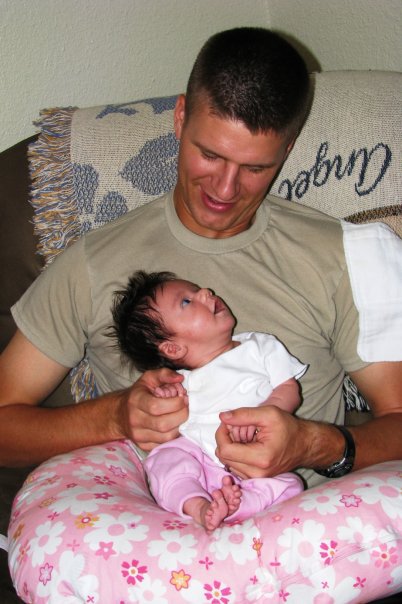
My husband and daughter, October 2008. (photo by Kelley Klor)
As a new, stressed out military spouse and mom, living away from the support I had known, I struggled with breastfeeding and, at the time, did not know how to advocate for myself. My daughter needed formula. Buying formula and diapers added up and cut into our already stripped down budget. We then decided to apply for WIC.
Admittedly, there were times when I felt embarrassed in the grocery store line using my WIC vouchers. I felt like I was failing; my husband was doing this honorable thing by serving our country, but I felt I should have been working and contributing. We participated in financial literacy classes, had one vehicle, rarely ate out, and relied on the library for entertainment. I felt like no other families relied on WIC or struggled the way we did, even though the amazing people at the WIC office assured me that my assumption was untrue.
Looking back, my family was experiencing situational poverty in several resources. Eventually, my daughter grew out of her need for formula and also grew out of diapers. My husband was promoted, and I found work. Our financial situation improved.
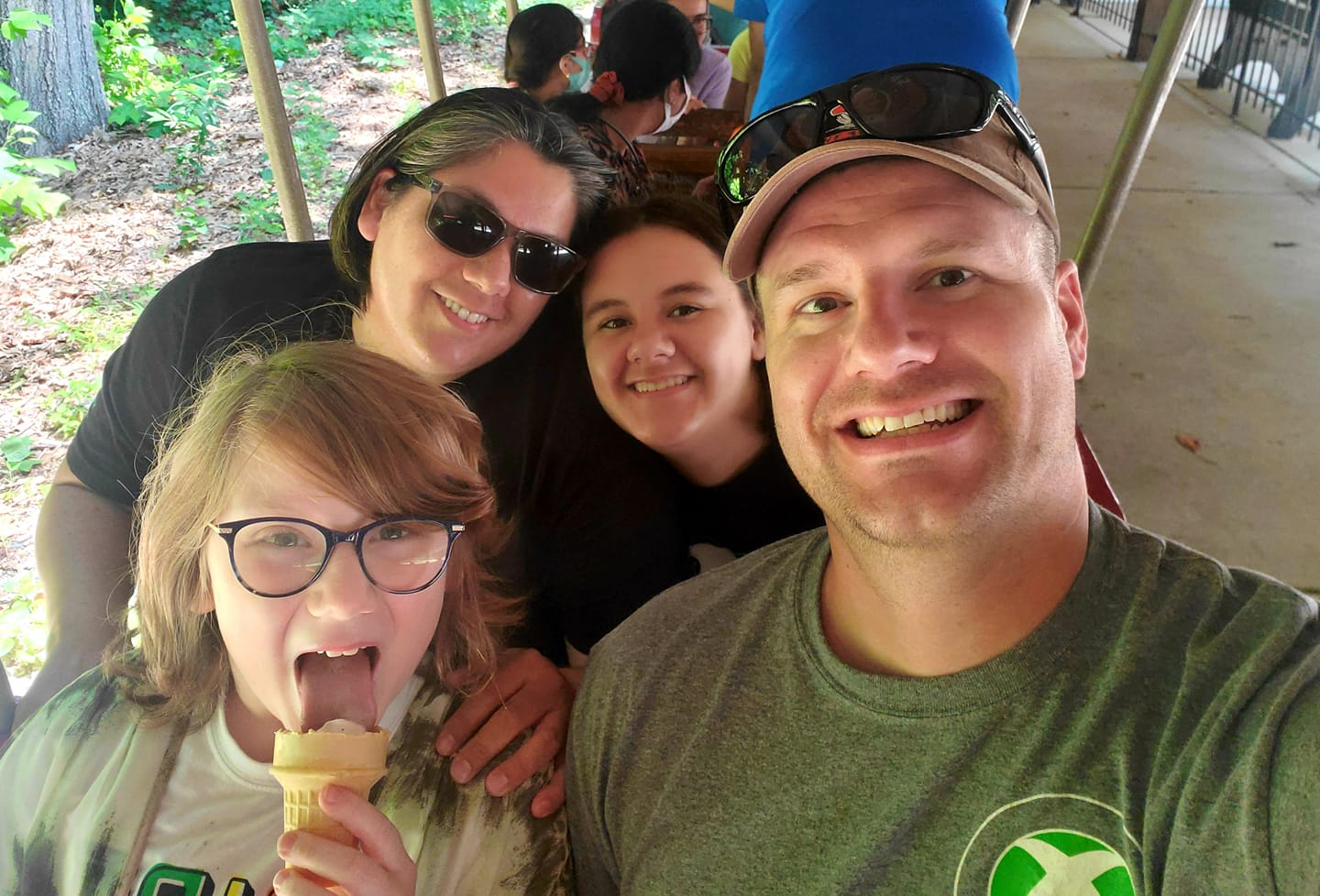
My family, 2021. (Photo by Kelley Klor)
I share my story because I do not want other military spouses and families to feel like they are alone in dealing with this struggle. I have been there, and I get it, and I want to encourage families to take steps to ensure they have access to nourishment.
I also want to raise awareness because it is unacceptable that members of our armed forces are facing food insecurity. As more awareness is raised, it is my hope that action will follow quickly with policy changes that will eliminate this problem.
At the time, I was struggling with a lack of belonging, as so many military spouses do, and struggling with food insecurity felt even more isolating. Now, when I mention that my family relied on WIC, other military spouses add that they also relied on WIC or struggled in some way. It is time we discuss this while we are in the trenches, so others do not feel so alone.
Take action!
We need to tell our stories — no matter how vulnerable or scary it might feel in the moment. If military families are anything, we are as supportive as we are resilient. We do not have to prove that we have grit; it is part of the territory. What we can do, however, is share, listen, and learn from one another, and we will strengthen our community by doing so.
My goal is for food insecurity to become a thing of the past. When we learn and work together, we find solutions. The solutions for food insecurity will lead to nourishment as our community, our bodies, and our future grow stronger.
Want to learn more? Visit https://bluestarfam.org/food-insecurity-resources/ for information, financial resources, food distribution events, food pantries, and advocacy guidance available to you! Also, connect and share your story at [email protected].
Thank you to Amazon and the Craig Newmark Foundation for sponsoring Blue Star Families’ Food Insecurity DEPLOY Fellowship!
About the author: Kelley Klor is an Air Force Spouse of almost 14 years, and homeschooling mom of two daughters. Kelley is from Missouri, a citizen of Cherokee Nation, and loves the outdoors, fostering kittens, and reading when she isn’t busy with Blue Star Families or working toward her graduate degree in Library and Information Science. Kelley’s family is currently stationed in northern Virginia.
Sources
Blue Star Families. (2020, March 3). 2019 Military Family Lifestyle Survey Comprehensive Report. Blue Star Families. Retrieved September 24, 2021, from https://bluestarfam.org/wp-content/uploads/2020/03/BSF-2019-Survey-Comprehensive-Report-Digital-rev200305.pdf
Blue Star Families. (2021, February 10). Blue Star Families’ Connected Communities: The Building Blocks for Belonging. Blue Star Families. Retrieved September 24, 2021, from https://bluestarfam.org/wp-content/uploads/2021/02/BSF_CCIS-BuildingBlocks-final-report-sm.pdf
Blue Star Families. (2021, March 29). 2020 Military Family Lifestyle Survey Comprehensive Report. Blue Star Families. Retrieved September 8, 2021, from chrome-extension://cefhlgghdlbobdpihfdadojifnpghbji/https://bluestarfam.org/wp-content/uploads/2021/03/BSF_MFLS_CompReport_FINDING_12.pdf
Blue Star Families. (2021, March 30). 2020 Military Family Lifestyle Survey Comprehensive Report Finding 12. The Military Family Experience 2021: Path to Recovery. Retrieved September 24, 2021, from https://bluestarfam.org/survey/
Capital Area Food Bank. (2020, October 26). Hunger Report 2021. Hunger Report. Retrieved September 24, 2021, from https://hunger-report.capitalareafoodbank.org/?gclid=CjwKCAjw7rWKBhAtEiwAJ3CWLPuSABedyPfrPjho6_pThsaMbb6MkVKDS30EBDHj3likdPA7KulouxoCo7YQAvD_BwE
Food Research & Action Center. (2021, September 10). Hunger, Poverty, and Health Disparities During COVID-19 and the Federal Nutrition Programs’ Role in an Equitable Recovery. COVID Research Report 2021. Retrieved September 10, 2021, from https://frac.org/wp-content/uploads/COVIDResearchReport-2021.pdf
The Military Wallet. (2019, April 10). How WIC Works. The Military Wallet. Retrieved September 8, 2021, from https://themilitarywallet.com/wic-benefits-military-families/
Payne, R. K. (2005). A Framework for Understanding Poverty (Fourth revised edition). aha! Process, Inc.
USDA Economic Research Service. (2021, September 8). Definitions of Food Security. USDA Economic Research Service. https://www.ers.usda.gov/topics/food-nutrition-assistance/food-security-in-the-us/definitions-of-food-security.aspx
Posted In: DEPLOY Fellow, Food Insecurity
